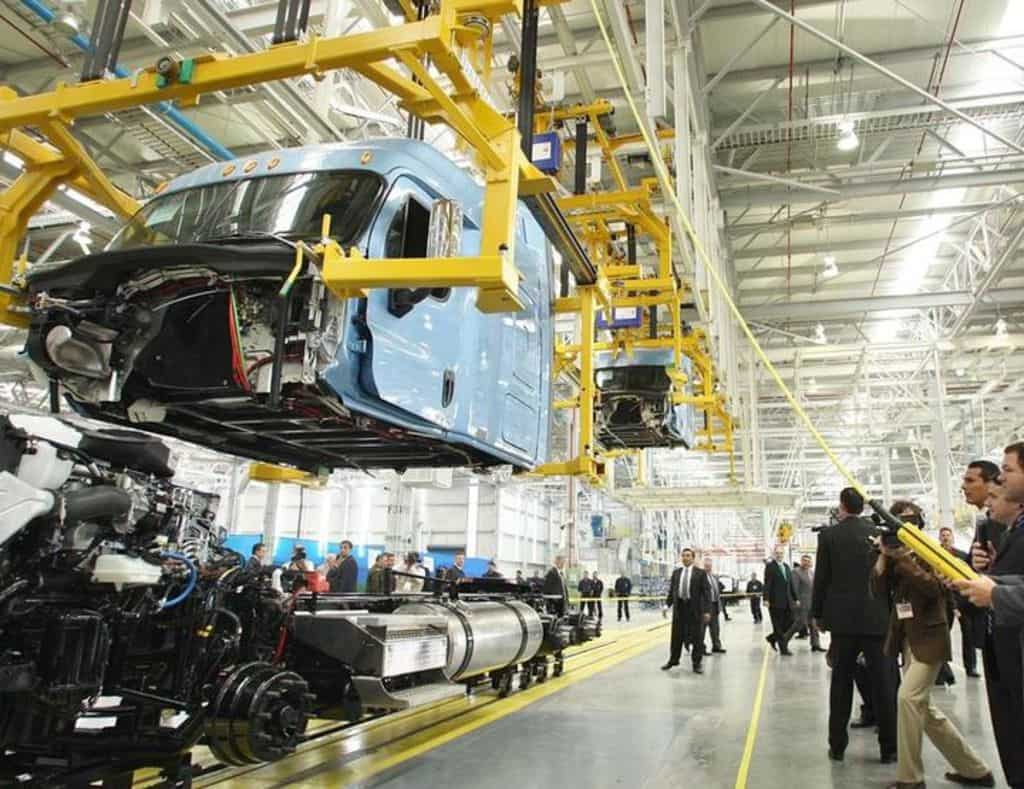Coahuila reinforces its status as a leading business destination
We should take note of the recent uptick in business activity in the state of Coahuila. The state is seeing the arrival of major manufacturers. Learn about the state's existing strengths and weaknesses, as well as the opportunities and threats it faces.





